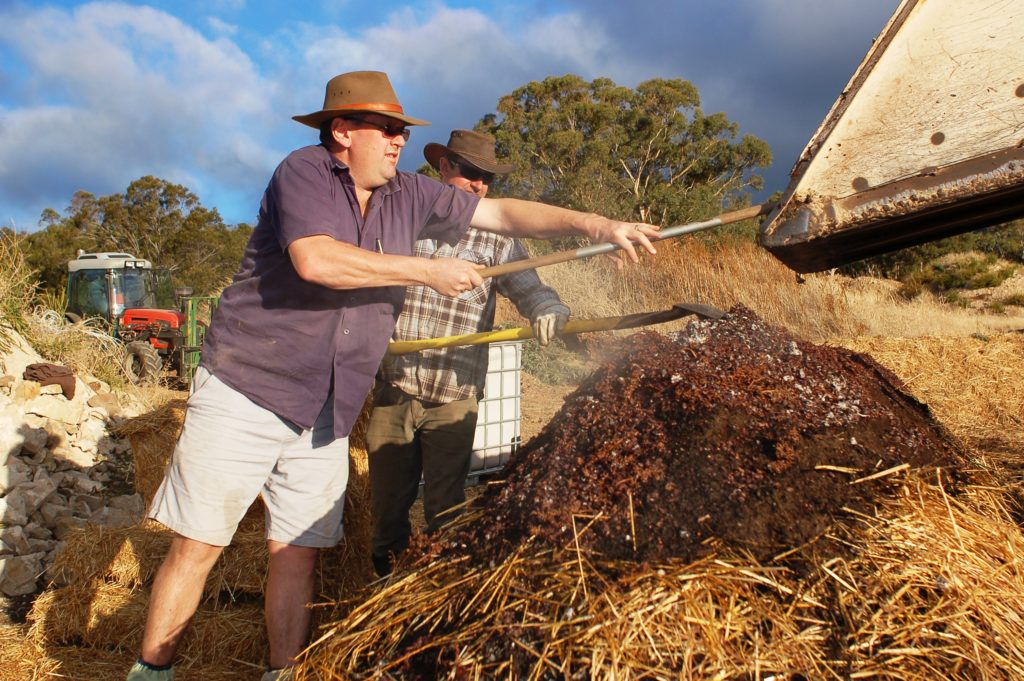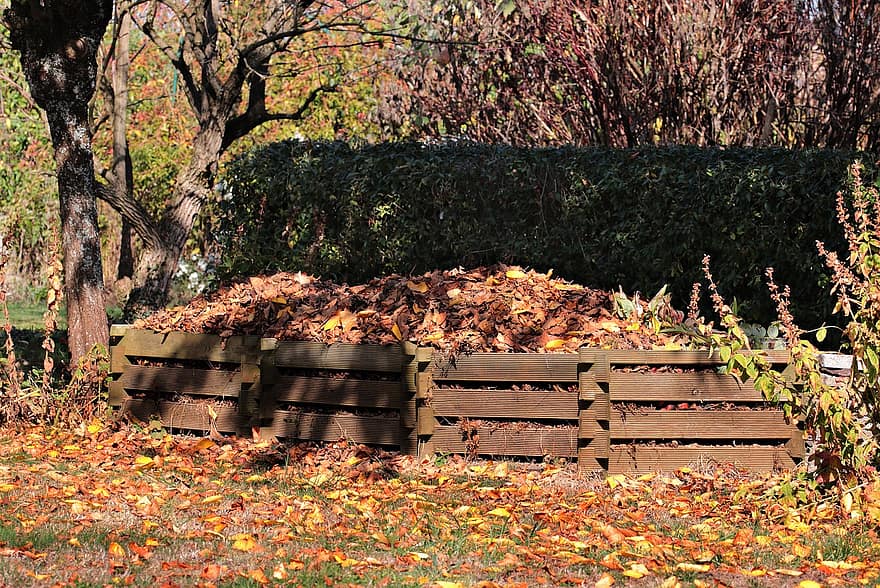Summary
– COMPOSTING IN PRACTICE
– HOW TO COMPOST?
– CHOOSING THE APPROPRIATE COMPOSTERS
– WHAT TO COMPOST?
– WHAT IS VERMICOMPOSTING?
– WHAT IS HERBICYCLING?
– THE COMPOST IS READY!
– TIPS FOR COMPOSTING
The USA alone produced 292.4 million tons of municipal solid waste (MSW) in 2018. This means 4.9 pounds per inhabitant per day. Of the MSW generated, 69 million tons were recycled and 25 million tons composted. (the United States Environmental Protection Agency, National Overview: Facts and Figures on Materials, Wastes, and Recycling).
According to The Guardian (July 2019), the US produces far more waste and recycles far less of it than other developed countries.
These figures come when the world faces a growing waste crisis in developing countries and oceans. The United States is at a crossroads, with China and other developing countries refusing to continue accepting their waste, the report’s authors say.
The US has only 4 percent of the world’s population but produces 12 percent of the world’s municipal solid waste. By comparison, China and India account for more than 36% of the world’s population and produce 27% of the world’s municipal solid waste.
While Americans recycle only 35% of their municipal waste, Germany, the most efficient country, recycles 68%.
Composting is an easy, environmentally friendly way to reduce these materials destined for landfill or incineration.
This practice reduces the many negative impacts of the transportation and disposal of waste: air, soil, and water pollution, not to mention the effects on human health, fauna, and flora.
The return to the earth of waste that is not waste.
Naturally, organic matter decomposes when exposed to air. Over time, it forms a soil that allows nutrients to return to the ground. Composting speeds up this decomposition.
Many organic materials, representing up to 30% of our household waste contents, can be composted: fruit and vegetable peels, coffee grounds, dead leaves, etc. With minimal maintenance, the compost is ripe within a few months and then becomes a high-quality amendment for flower beds, vegetable gardens, flower boxes, lawns, etc.
Don’t forget: many municipalities have waste management programs and offer information and sometimes even composters. Contact your local government to find out about these programs or to suggest their implementation.
COMPOSTING IN PRACTICE
Composting is a process of biological transformation of organic matter in the presence of water and oxygen. Fermentation occurs, and micro-organisms transform the waste into compost after maturation: a stabilized, hygienic and humus-rich product, very useful in the garden.
HOW TO COMPOST?

Composting is not complicated. By respecting a few basic rules and by organizing yourself well, this gesture quickly becomes quite natural.
First of all, organic matter requires adequate humidity, oxygen, and various residues to decompose. It is therefore essential to:
– Mix the different organic wastes
– Aerate and stir the mixture – to promote the micro-organisms’ action and homogenize the resulting mix.
– Ensure that the compost is not soaking wet but moist.
In practice, here are the steps to follow after choosing your composter:
1. Place the bin on a flat, well-drained surface that is easily accessible year-round and preferably in an area that is neither too sunny nor too shady.
2. Turn the soil in the area where you will install the compost bin.
3. After placing the compost bin, cover the bottom with a row of small branches to allow air to circulate and improve drainage.
4. Alternate between wet (kitchen scraps) and dry (dead leaves) waste. It is best to always finish with a layer of dry residue or potting soil to avoid odors.
5. Initially, add mature compost, garden soil, or a starter (available at garden centers) to your waste. This speeds up the composting process. You can repeat this process as needed.
6. At least twice a month, turn the fermenting compost pile over with a fork or shovel to aerate it, speed up decomposition and avoid odors.
7. Your compost bin should allow you to collect mature compost through a door at the bottom of the pile: as the residues are piled up, they decompose at the base and become compost.
This post will now continue in part 2. Stay posted, and remember to leave your comments below.

I like this web site so much, saved to bookmarks. “American soldiers must be turned into lambs and eating them is tolerated.” by Muammar Qaddafi.